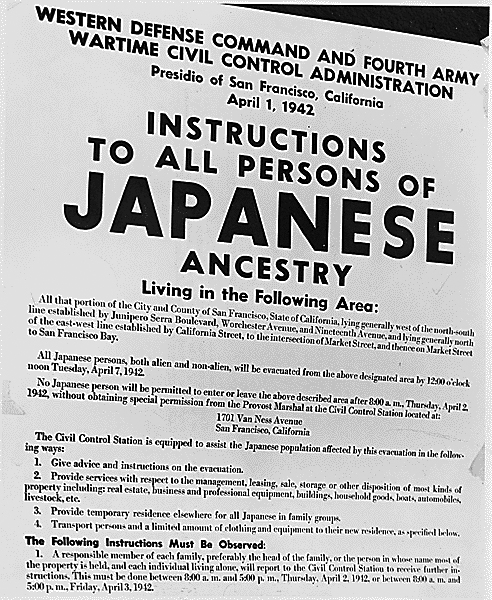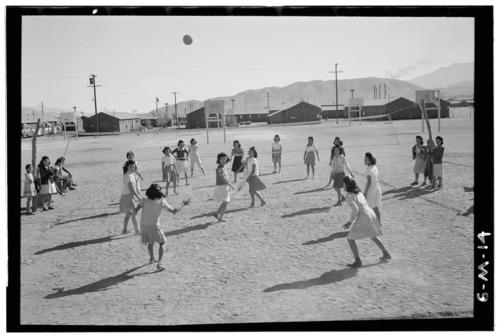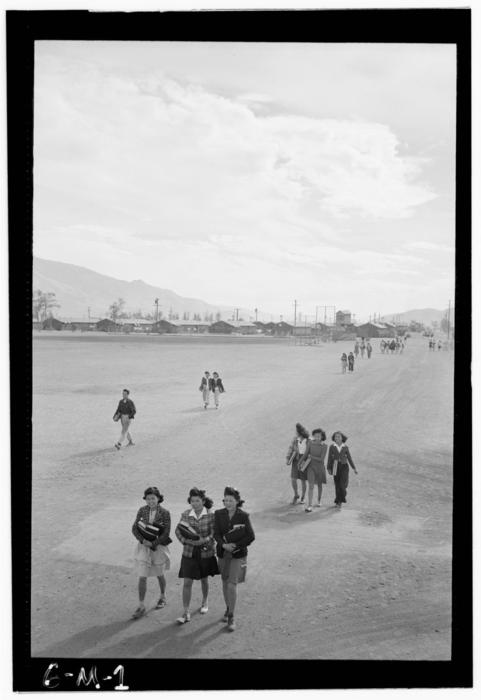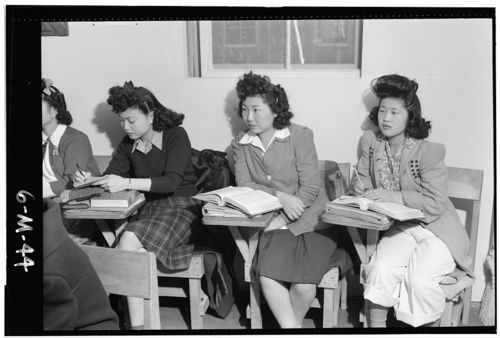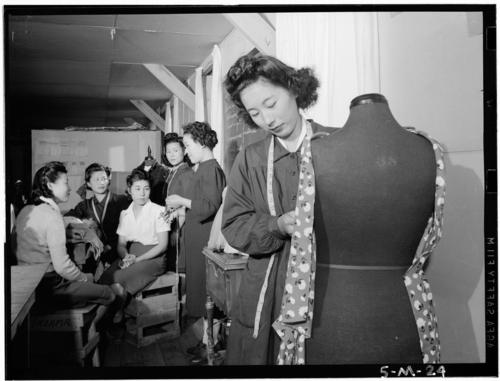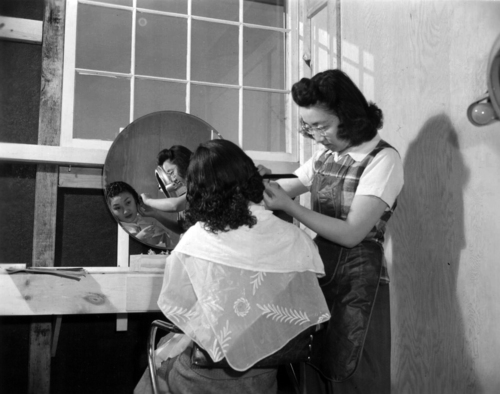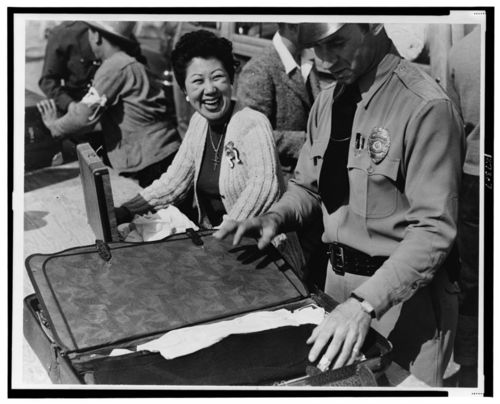
The word “proletariat” “proletarian” refers to a member of the working class of a capitalist society, or the “proletariat.” Combining the word with “precarious,” economist Guy Standing coined the term “precariat” to try to describe the reality of low wage workers in our modern, global economy.
In the ten-minute segment below, sent in by Jordan G., an interview with Standing is complimented by interviews with workers and activists in Britain. He explains that new international labor markets have weakened the power of labor and strengthened that of employers. The result is more jobs that are part time, with unpredictable hours, low wages, and few benefits. This has been good for employers in that the risk inherent in capitalist enterprises has been transferred to the workers. For example, if the hotel isn’t full, then the managers simply bring in fewer housekeepers. This is hard on housekeepers, but easy on hotels. Workers’ lives, then, are increasingly precarious, thus the term “precariat.”
Found at The Guardian via Global Sociology.
Lisa Wade, PhD is an Associate Professor at Tulane University. She is the author of American Hookup, a book about college sexual culture; a textbook about gender; and a forthcoming introductory text: Terrible Magnificent Sociology. You can follow her on Twitter and Instagram.


